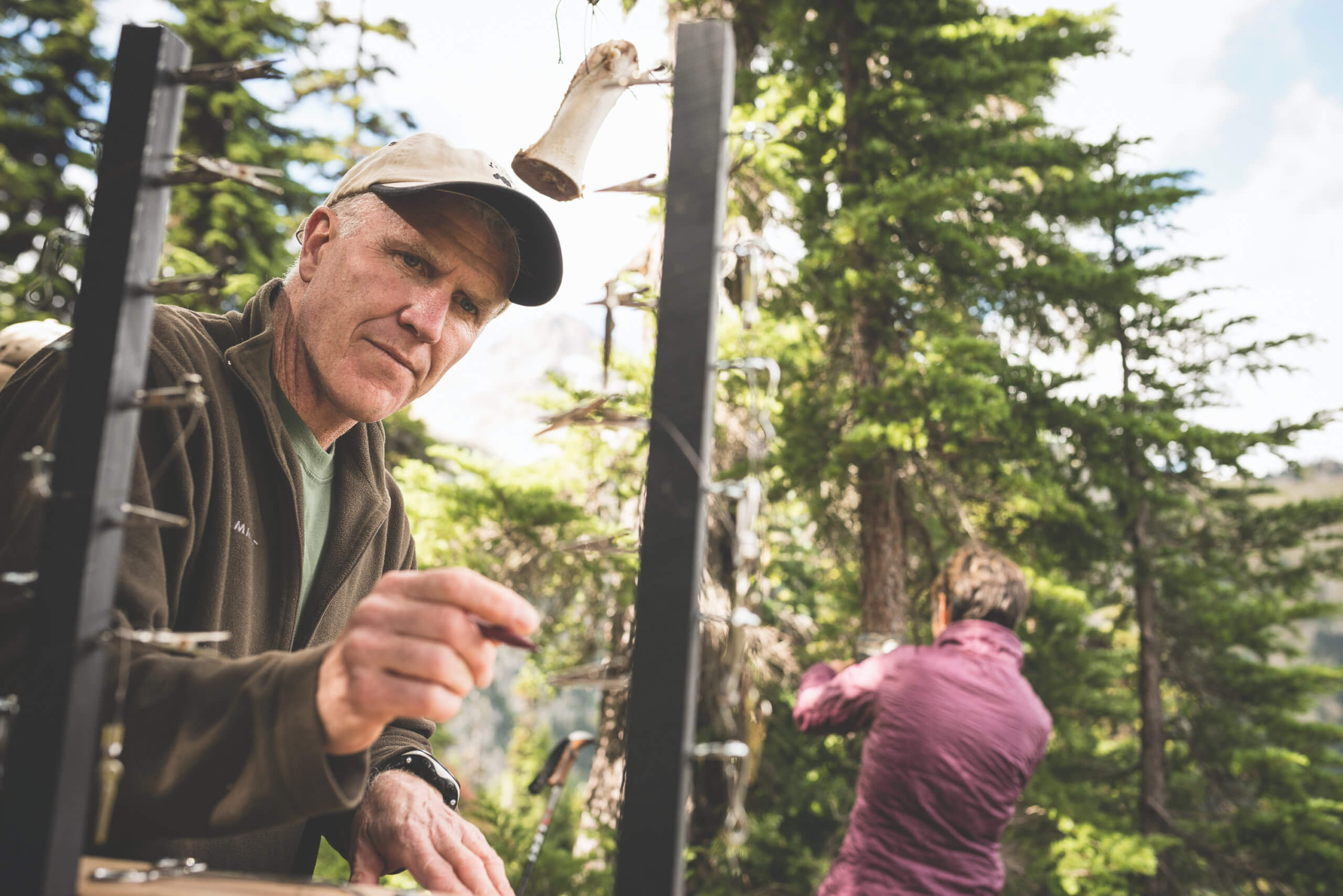This weekend, Erica Goldman and I traveled to a town outside of Boston to deliver a communications workshop for the 2012 New England Switzer Fellows. The fellows are in the midst of their graduate educations, and have diverse backgrounds—they are law students, representatives of NGOs, interdisciplinary and field scientists—all within the realm of environmental sustainability.
Like many of our workshops, our central message to the participants focused on the importance of understanding your audience when communicating your work. That includes formatting your work into clear and succinct messages, but it’s also about understanding the culture in which your audience exists, so as to make your work relevant to them and what they most care about… their “so what?”
But one of the things that surfaced early and remained a theme of this workshop was the importance of active listening and peer feedback. It’s always important to remember that communication is much more than just articulating a clear message to someone else, there’s also this critical element of listening to, and internalizing how others react to your message, and having the ability to engage your audience in a dialogue. These Switzer Fellows saw first hand that it’s important to be conversational, not professorial, because it’s through dialogue that you begin to see the way others perceive your message, and it’s through that understanding that you can refine your approach and make your message most effective.
Participants workshopped their Message Boxes, a tool we use in all of our interactions with scientists to help them hone messages into relevant points for a variety of audiences. Revising their drafts in small groups, the participants were able to understand what resonated for them in the messages of others… analogies, comparisons, narratives, and clever ways of rewording what they’ve told people about their work all along… and were able to modify their own messages to include those elements accordingly.
They also found that, even among their peers, the most interesting research summaries all included a compelling example or story, and made a point to emulate what they heard in crafting their own messages. One veteran fellow who works to create and protect connecting swaths of wild lands in the Northeast, used a powerful current event to convey his message. Just last month, a cougar meandered from South Dakota to New England in search of food and a mate. It was the largest recorded land migration of a mammal in North America, and the first cougar to be sighted in Connecticut in 100 years… until it was killed in rush hour traffic. If only we could manage and maintain our wild lands as a connected system, he said, in the way that this cougar, who slinked unnoticed from South Dakota all the way to Connecticut did, then we may have a wider variety of wildlife coming back to places from which they’ve been eliminated, and more amazing wildlife stories like this one (hopefully without the sad ending). His research was interesting, but wouldn’t have been nearly as memorable without the cougar.
In a new exercise, we paired everyone up for “Elevator Speech Speed Dating.” Each person had two minutes to talk about their work in a way that was conversational and engaging. Their partner, after listening intently, summarized the highlights of what they heard—identifying what they thought the main messages were—before providing a little feedback and switching to someone new for the next round. And, the group loved it. This was a rare opportunity for immediate feedback; many were surprised to learn what they thought was perfectly clear was actually lost in translation on partners outside of their field of expertise (or even on those with closely related fields of expertise!). The participant delivering the message saw how future audiences might synthesize and interpret their work, and had the opportunity to correct the takeaway message if it wasn’t quite right. And the exercise helped those listening and providing feedback to better appreciate what other audiences might be going through when listening to their work. Some said they had a new appreciation and empathy for journalists, whose job it is to be active listeners in order to get the story… ultimately, their stories.
Communications isn’t just about getting your message out there, it’s about making sure it resonates with your audience and that your audience can react, absorb, and interact with you and the information you’ve just given them… giving it so they get it. In short—communication is not a one-way street. You can wax poetic all you want, but it actually takes being a good listener to be a great communicator.



